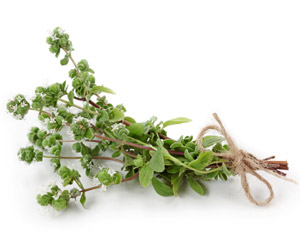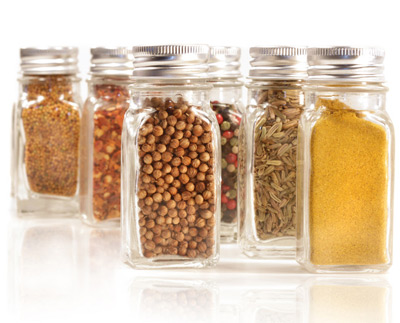In 2014, much of our blog has been focused on the history of different herbs, spices and blends. We have shared lots of interesting facts and myths. This week we will be discussing the history of marjoram.
 Common Name: Marjoram
Common Name: Marjoram
Latin/Scientific Name: Origanum majorana
Other Names: Wild Marjoram, Oregano, Sweet Marjoram, Garden Marjoram, Knotted Marjoram,
Description
Marjoram is an herb that comes from the leaves of the plant that belong to the genus Origanum, which is of the mint family. Marjoram leaves are light green color and have an oval shape. Marjoram is often confused with oregano because they are similar. However, marjoram is a considered to be mild as compared to oregano and has sweet tasting characteristics that oregano does not contain. Marjoram is a perennial herb.
History
It is believed that marjoram originally came from the Mediterranean region and Anatoila (Asia Minor) and has been used since ancient times. The ancient Greeks used this as a natural treatment for many ailments. They believed it helped heal from poison, convulsions and edema. They called this herb joy mountain and crowned young couples with it during wedding ceremonies.
It was once believed that marjoram helped to nurture love. This herb was added to food to promote civility and love. Women carried this herb around in bags and it was placed around homes for the sweet fragrance. It was also used in “love spells.” A young woman would place marjoram under her pillow at night believing that the herb would help reveal her future husband while she was dreaming.
Marjoram eventually made its way to England where they used it in beer and tobacco. It was used as an ingredient in snuff to add a bit of minty flavor. Marjoram was also frequently used in beer for taste and to act as a preservative.
Many people believed that if marjoram grew on your grave you would have happiness in heaven. Today, many still consider it to be good luck and happiness to have marjoram growing by your grave.
Culinary Uses
Marjoram tastes similar to mild oregano and they are often substituted for other another. Oregano has a much stronger flavor than marjoram.
This herb is a common ingredient called for in German and Polish sausage recipes. In French cooking, it is frequently included in the herbes de provence blend.
Marjoram is great in marinades, salad dressings, and soups because it adds a nice, mild flavor. It is also a key ingredient in Thanksgiving stuffing.
Make sure to check back often for the next in our History of Spice series.




